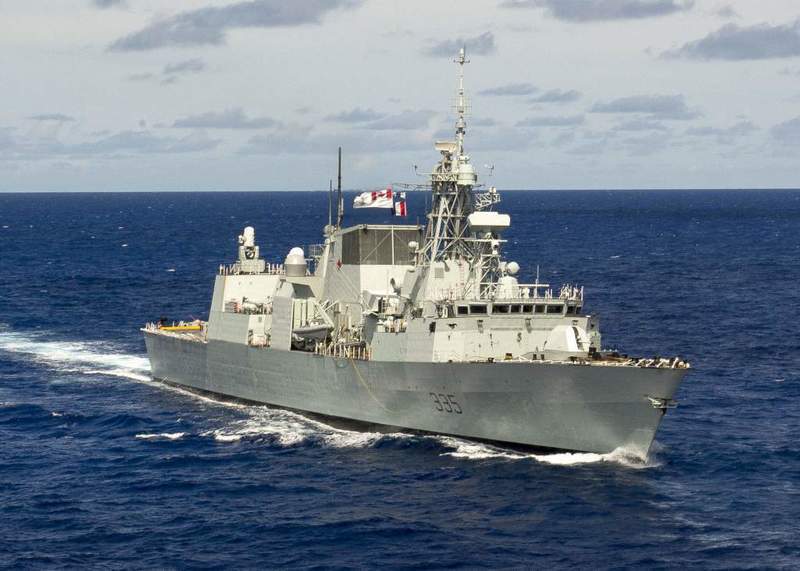
UK-based developer Cambridge Pixel has supplied its radar acquisition and display technology to Lockheed Martin Canada.
The radar technology is set to be integrated into Lockheed’s new naval Combat Management System (CMS) 330.
Cambridge Pixel’s scan converter runs in each display console and is used to convert the polar-format network video into a Plan Position Indicator (PPI) or B-Scan representation to be displayed to the operator.
However, the generated radar image needs to be scaled and adjusted in order to match the view requested by the user.
The radar image can then be combined in a multi-layer format with map graphics, including nautical charts, as well as overlay symbols such as track positions before being provided to the operator.
Lockheed Martin’s combat management solution has full control over the presentation of the radar imagery, including its colour, brightness, fading, trails and scan correlation.
How well do you really know your competitors?
Access the most comprehensive Company Profiles on the market, powered by GlobalData. Save hours of research. Gain competitive edge.

Thank you!
Your download email will arrive shortly
Not ready to buy yet? Download a free sample
We are confident about the unique quality of our Company Profiles. However, we want you to make the most beneficial decision for your business, so we offer a free sample that you can download by submitting the below form
By GlobalDataCambridge Pixel chief executive officer David Johnson said: “Our business is radar and we are thrilled that Lockheed Martin Canada has chosen to use our technology in its CMS 330 system, which is now deployed on four different classes of ship across three different navies.”
CMS 330 is claimed to be one of the most modern naval combat management systems and has been equipped with the latest technologies and interfaces.
The solution is capable of performing multiple operations and works by integrating signals from different radars, sensors and weapon systems.
The combination of inputs helps to develop a complete picture of the vessel’s surrounding environment, thereby providing sailors with the situational awareness and intelligence required to react quickly.
The system is currently used by the Royal Canadian Navy (RCN) on-board its modernised Halifax-class fleet.



